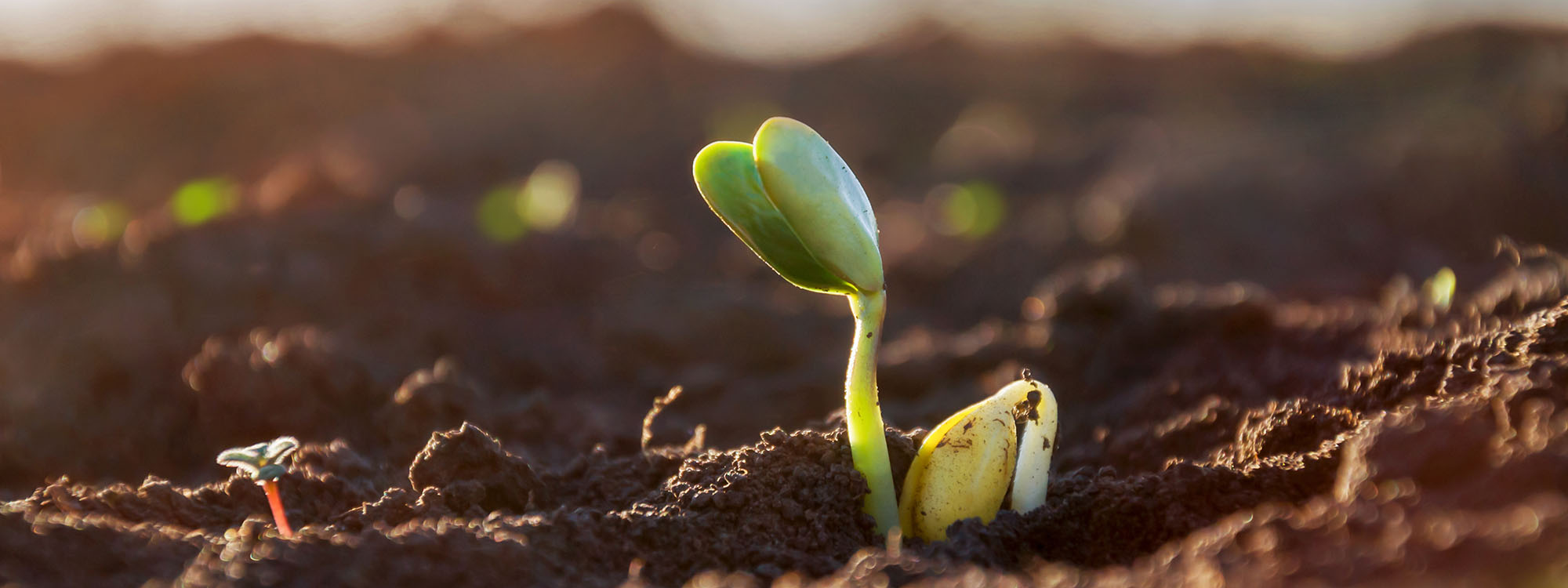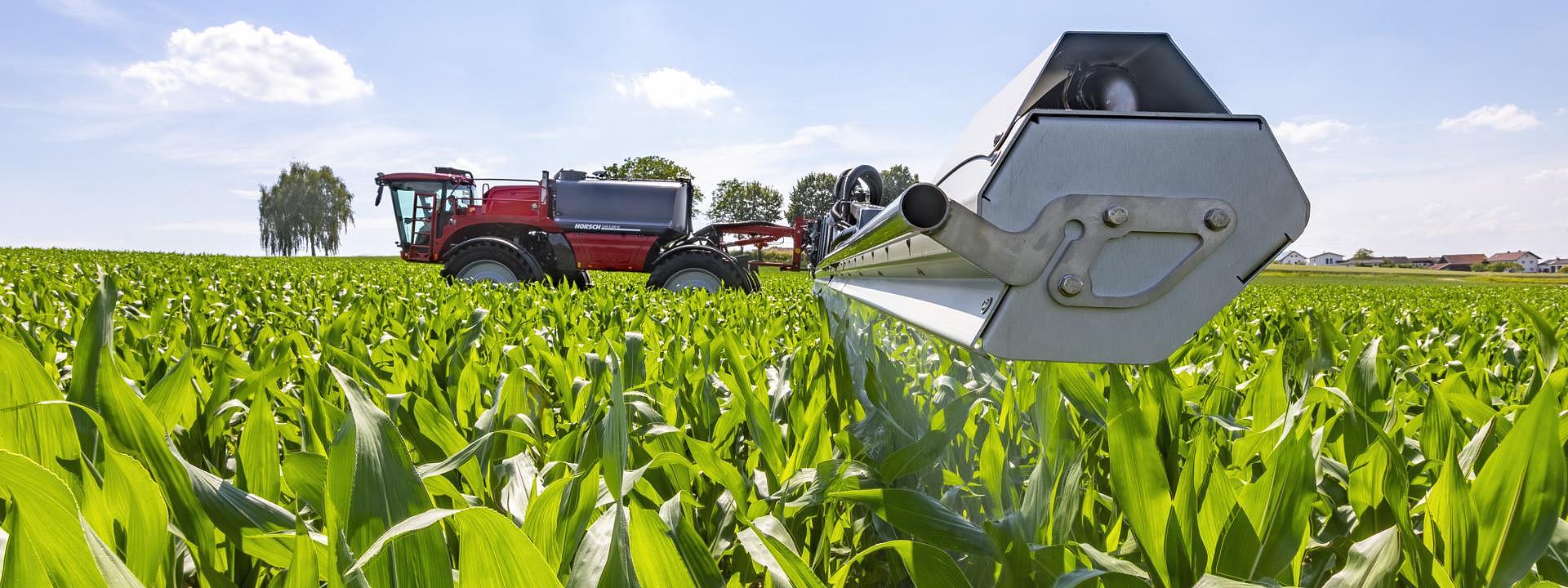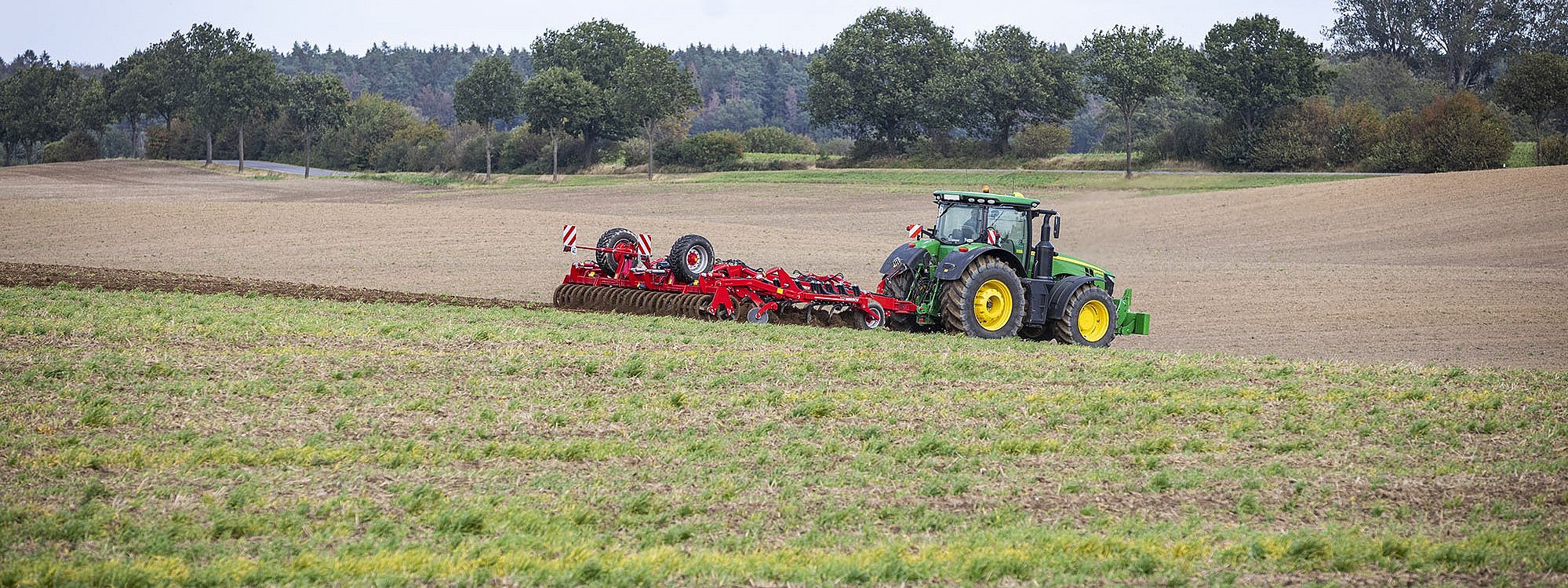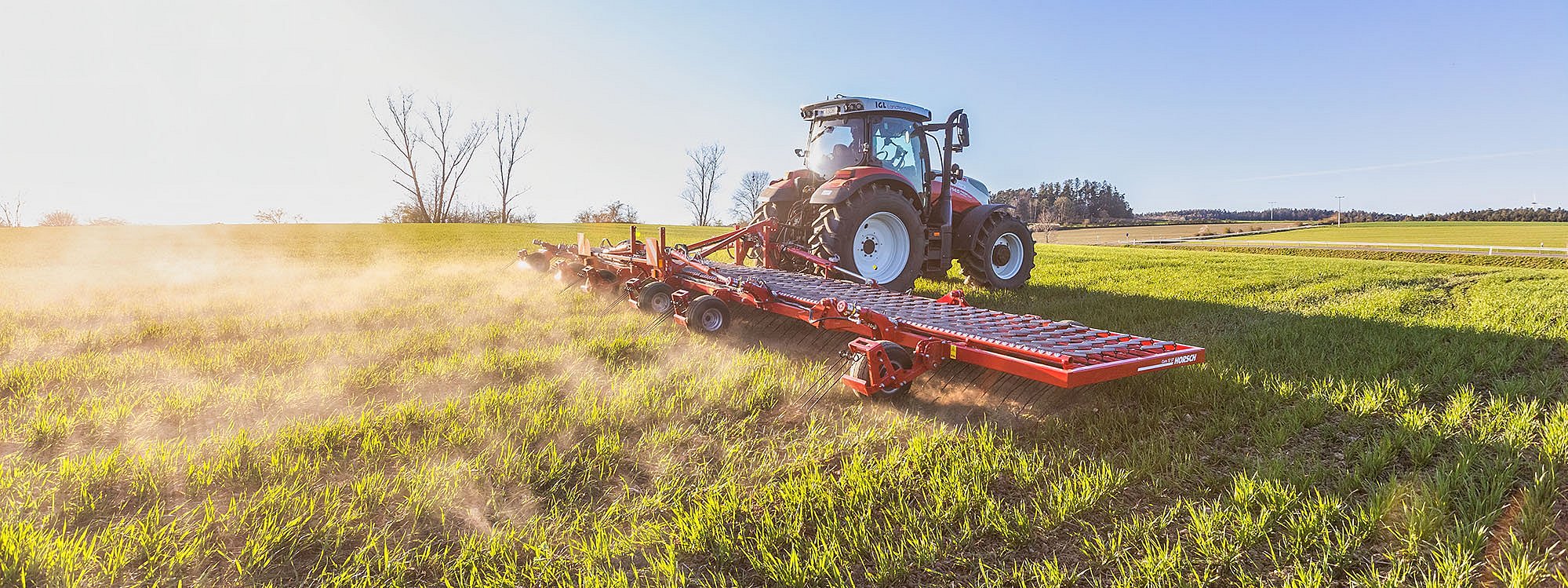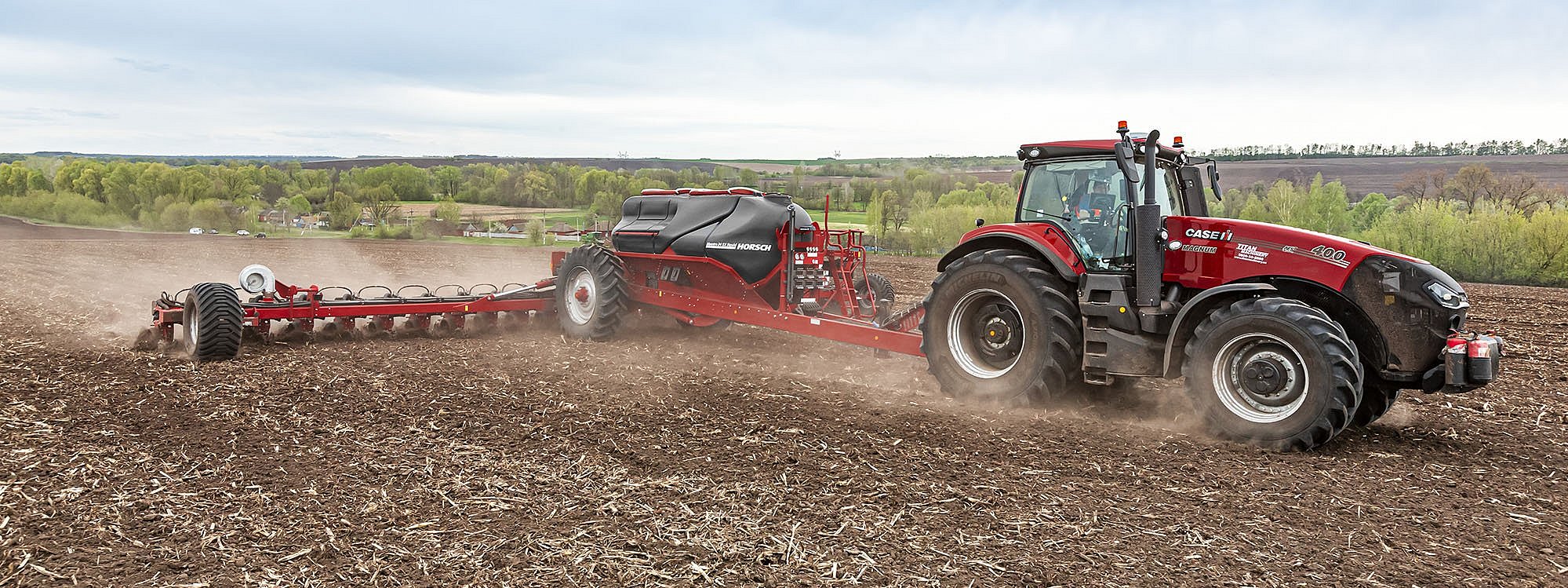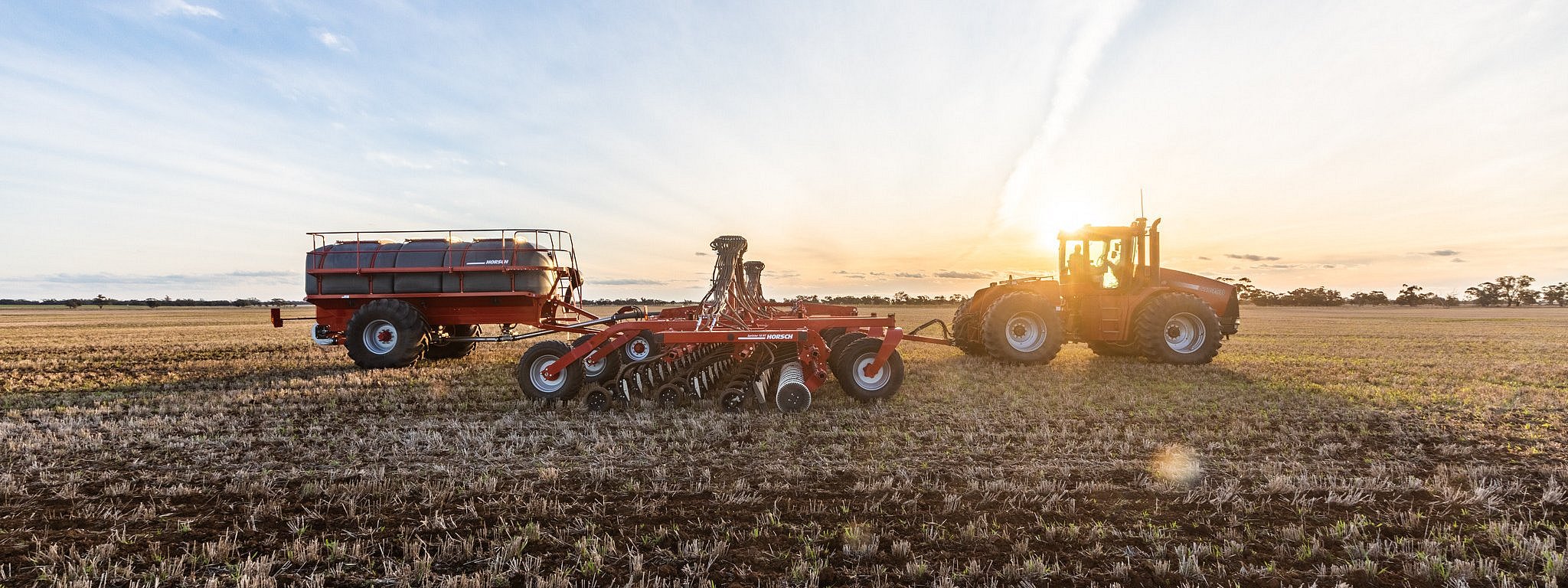Slippage and bulldozing effect as fuel guzzlers (III)
Average reading time: 4 minutes
In the first two parts of this blog series, we focused on the parameters that can be changed directly at the tyre to work in a soil-conserving way. Air pressure adjustment and different tyre dimensions were pointed out as solutions. Thus, the contact area pressure can be reduced, and the soil can be protected sustainably.
In this part, we are going to include other factors beyond the tyres. We will also take a look at negative aspects like the bulldozing effect or slippage.
Why is a tyre pressure that is optimally adapted to the conditions so important and what is the result?
Bulldozing effect vs. slippage – What is the difference?
The so-called bulldozing effect occurs when a permanent wedge of earth is pushed in front of the tyre when driving on deformable respectively soft ground. This wedge significantly increases the rolling resistance and simulates constant uphill driving. By using a higher air pressure than necessary, the contact area is reduced, resulting in an increase in soil pressure and deeper tracks. This effect increases fuel consumption by 10% per cm of track depth.
In contrast, slippage causes the soil to move backward when traction is transferred. This means that the tyre covers a longer distance than the actual total distance. In other words: the tyre surface moves faster than the machine itself. Traction transfer is almost impossible without slippage. However, it should not permanently exceed 12% to protect both, the soil and the purse.
Ballasting and tyre pressure influence tractive output
Ballasting and tyre pressure of the tractor are important factors for an efficient tractive power transfer. The tyres have to be able to interlock with the soil surface to transfer the maximum tractive output to the soil.
However, it is not quite as simple as that. Even if you increase the wheel loads and the contact areas, you still end up with a pressure bulb with a greater depth effect. This is due to the fact that the two factors are not linearly related. In general, high wheel loads of more than 10 t should be avoided as the result can be irreversible subsoil compaction.
It is advisable to use adjusted internal tyre pressures in case of traction tasks to increase the area output and reduce expensive fuel. In total, a savings potential of up to 15% is possible.
Offset driving
Frequent passes as you know them from multi-axle rigs (e.g. 18 t trailers) destroy the natural protective mechanism of the soil. Although the total weight is distributed on several wheels, they repeatedly roll over the same areas of soil displacing water and air from the soil pores. This is exactly the opposite of working in a soil-conserving way. So what are the options to avoid this effect?
Offset driving in crab steering mode or the use of telescopic axles is a reasonable solution for putting as little strain as possible on the soil. Another way to reduce the axle loads of the tractors, e.g. in order to be able to drive with low tyre pressure, is to use semi-mounted or trailed machines as opposed to machines with 3-point linkage. Especially when driving on the headlands, the axle loads when lifting heavy seed drill combinations or tillage machines are enormous.
Summary of factors that can be influenced
All in all, there are five different parameters the farmer can take into account for working in a soil-conserving way:
- Adjusted tyre pressure (e.g. by means of tyre inflation systems), keywords bulldozing effect and slippage
- Diameter and tyre cross-section for large volume of the tyres
- Prefer wide tyres
- Offset driving (if possible)
- Reduce overall machine weight and axle loads
These parameters include high initial investments, and it takes time to put them into practice. But they are successful in the long term: The pressure on the soil is minimised allowing on the one hand the plants to absorb the available nutrients more easily and quickly. On the other hand, soil quality is encouraged sustainably. Both lay the foundation for high yields.
So it pays off!
Timing is everything
In the end, even the best technology is of no use if the farmer does not choose the right time for cultivation. This is the most important aspect with regard to avoiding soil compaction in the first place. The condition of the soil is crucial for the susceptibility to compaction.
The condition of the soil for field work should not be too wet as a dry soil structure can bear higher loads. However, conditions are not always optimum. Wet soil conditions are the norm, especially in autumn or early spring. If the water content increases, soil particles can be compressed more easily resulting in higher compaction which is only reversible to a certain degree.
So it is up to the farmer to make soil conservation sustainable and to maintain and even increase the best possible condition of the soil for the generations to come.
